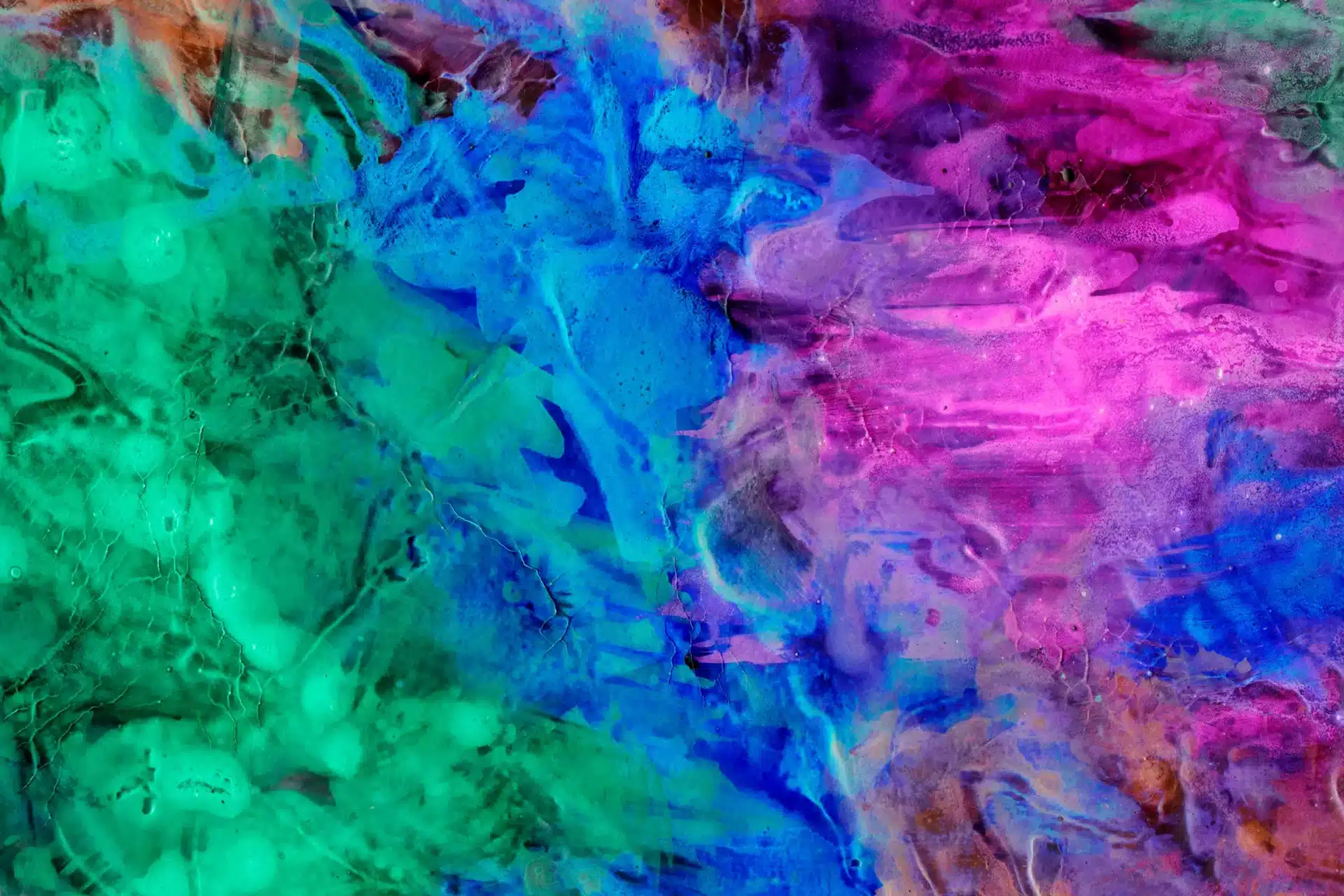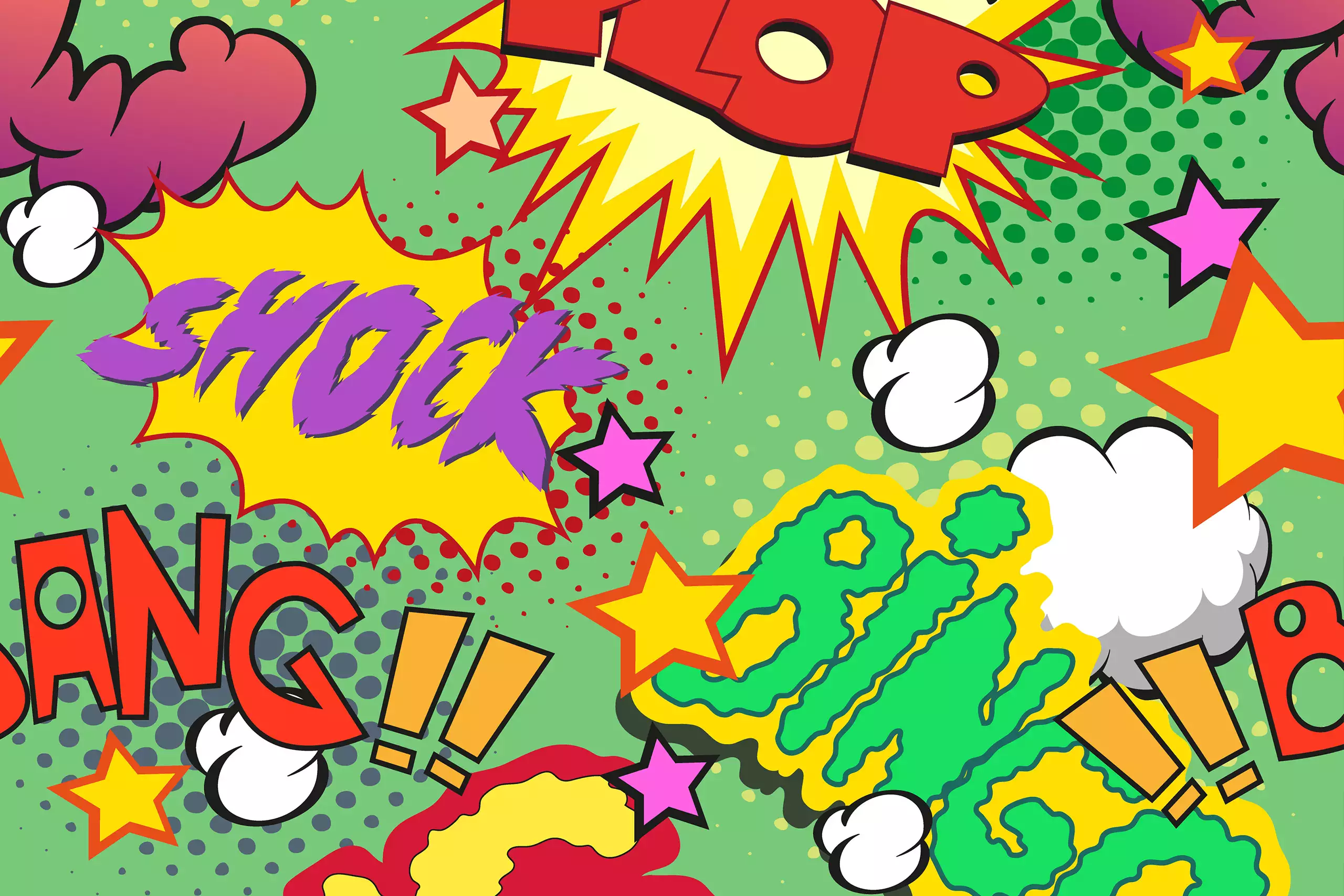Unveiling the Cultural Significance of "Rumah Perjaka": A Comprehensive Guide
Rumah perjaka, a traditional Malay house specifically designated for unmarried men, holds profound cultural significance within Malay communities. This comprehensive guide delves into the rich history, architectural features, and social customs associated with this unique dwelling.
Rumah perjaka serves as a symbol of communal living and a rite of passage for young men. It is typically constructed on stilts, with a distinctive pyramidal roof and an open-air verandah known as the "serambi". The interior consists of a single large room, shared by all the occupants, fostering a sense of camaraderie and brotherhood.
Read also:The Love Story Of Tony Hinchcliffe A Dive Into His Nuptial Journey
Historically, rumah perjaka played a crucial role in preparing young men for adulthood. They would learn valuable life skills, such as self-reliance, respect, and cooperation, while also gaining practical knowledge in traditional crafts and farming techniques. The communal living environment fostered a strong sense of community and belonging.
Today, rumah perjaka continues to hold cultural significance, although its functions have evolved. It often serves as a gathering place for social events, cultural performances, and community discussions. Preserving and promoting these traditional dwellings is essential for safeguarding the rich heritage and cultural identity of Malay communities.
Rumah Perjaka
Rumah perjaka, a traditional Malay house for unmarried men, holds deep cultural significance within Malay communities. Understanding its various aspects is crucial for appreciating its role in Malay culture and heritage.
- Communal Living: Rumah perjaka fosters a sense of community and brotherhood among its occupants.
- Rite of Passage: It serves as a preparatory stage for young men, teaching them life skills and traditional practices.
- Architectural Heritage: Its unique design and construction techniques reflect Malay architectural traditions.
- Social Customs: Specific customs and rules govern the daily life and interactions within rumah perjaka.
- Symbol of Identity: It represents a distinct aspect of Malay culture and heritage.
- Community Hub: Today, rumah perjaka often serves as a gathering place for social events and community activities.
- Preservation Efforts: Efforts are underway to preserve and promote rumah perjaka as a valuable cultural asset.
These aspects are interconnected and contribute to the overall cultural significance of rumah perjaka. It embodies the values of communal living, cultural transmission, and the preservation of Malay heritage. By understanding these aspects, we gain a deeper appreciation for this unique tradition and its enduring role in Malay society.
1. Communal Living
The communal living aspect of rumah perjaka is deeply intertwined with its overall cultural significance. Sharing a common living space fosters a strong sense of community and brotherhood among the occupants. This communal lifestyle is a defining characteristic of rumah perjaka and plays a crucial role in shaping the cultural experience of its inhabitants.
The close living quarters encourage cooperation, mutual support, and the development of lifelong bonds. Young men learn to live harmoniously with others, resolve conflicts amicably, and contribute to the upkeep of their shared home. This shared living experience also provides a platform for cultural transmission, as occupants exchange knowledge, skills, and stories, perpetuating traditional Malay practices and values.
Read also:The Astonishing Net Worth Of Selena Quintanilla At The Time Of Her Tragic Death
The communal aspect of rumah perjaka extends beyond its physical space. It fosters a sense of belonging and shared identity, creating a support network that extends beyond the household. Occupants often participate in communal activities, such as attending religious gatherings, organizing cultural events, and contributing to community projects. This sense of community contributes to the overall well-being and social fabric of the broader Malay society.
Understanding the communal living aspect of rumah perjaka is essential for comprehending its cultural significance. It highlights the importance of community and brotherhood in Malay culture, showcasing how shared living spaces can nurture social cohesion and cultural preservation.
2. Rite of Passage
The role of rumah perjaka as a rite of passage holds immense cultural significance, as it prepares young men for adulthood and instills in them essential life skills and traditional practices. This preparatory stage is deeply ingrained in Malay culture and contributes to the comprehensive understanding of rumah perjaka's cultural significance.
Rumah perjaka provides a structured environment where young men learn to become responsible and self-reliant individuals. They are entrusted with various household chores, such as cooking, cleaning, and maintaining the living space. This practical training equips them with essential life skills that will serve them well in their future households and communities.
Beyond practical skills, rumah perjaka also serves as a platform for transmitting traditional knowledge and values. Senior occupants, often respected elders or experienced craftsmen, share their expertise in traditional arts, crafts, and agricultural practices. Young men learn about woodworking, metalworking, weaving, and other traditional skills that have been passed down through generations. This intergenerational knowledge transfer ensures the continuity of Malay cultural heritage.
The rite of passage aspect of rumah perjaka extends beyond skill acquisition. It fosters a sense of discipline, respect, and community involvement. Young men learn to follow rules, cooperate with others, and contribute to the well-being of their shared living space. These qualities are highly valued in Malay society and contribute to the formation of well-rounded and responsible citizens.
Understanding the rite of passage aspect of rumah perjaka is crucial for appreciating its cultural significance. It highlights the importance of traditional education, practical skill development, and the transmission of cultural values within Malay communities. Rumah perjaka serves as a vital institution that prepares young men for their future roles as husbands, fathers, and active members of society.
3. Architectural Heritage
The architectural heritage of rumah perjaka is deeply intertwined with its cultural significance, as its unique design and construction techniques embody Malay architectural traditions. Understanding this connection is essential for appreciating the cultural value and historical context of rumah perjaka.
Rumah perjaka's distinctive design and construction reflect the ingenuity and craftsmanship of Malay builders. The elevated structure on stilts provides protection from floods and wild animals, while the open-air verandah (serambi) serves as a communal space for socializing and relaxation. The steeply pitched pyramidal roof, often adorned with intricate carvings, showcases the Malay architectural style and provides effective ventilation.
The use of natural materials, such as wood, bamboo, and thatch, demonstrates the close relationship between Malay communities and their environment. These materials are sustainable and well-suited to the local climate, ensuring the comfort and well-being of the occupants. The construction techniques, passed down through generations, reflect the skills and knowledge of Malay craftsmen.
Preserving and understanding the architectural heritage of rumah perjaka is crucial for safeguarding Malay cultural identity. By studying and documenting these traditional building practices, we gain insights into the history, values, and creativity of Malay society. This knowledge can guide contemporary architectural designs, ensuring that new buildings respect and incorporate traditional elements, fostering a sense of continuity and cultural pride.
4. Social Customs
Social customs and rules play a significant role in shaping the daily life and interactions within rumah perjaka, contributing to its overall cultural significance. These customs govern various aspects of communal living, reinforcing social norms and values.
- Respect for Elders
Respect for elders is a cornerstone of Malay culture, and this is reflected in the customs of rumah perjaka. Younger occupants are expected to show deference to their seniors, seeking their guidance and advice. This fosters a harmonious living environment and ensures the transmission of traditional knowledge and values.
- Division of Labor
Rumah perjaka operates on a system of shared responsibilities, with each occupant contributing to the upkeep of the household. Specific tasks, such as cooking, cleaning, and maintaining the living space, are assigned based on age and ability. This division of labor promotes cooperation and a sense of ownership.
- Conflict Resolution
Rumah perjaka provides a unique setting for young men to learn conflict resolution skills. Disputes are typically resolved through open dialogue and mediation, with the involvement of respected elders. This process fosters mutual understanding, compromise, and the preservation of harmonious relationships.
- Community Involvement
Occupants of rumah perjaka are expected to participate in community activities and events. This includes attending religious gatherings, contributing to communal projects, and supporting local initiatives. Such involvement strengthens the bond between the rumah perjaka and the wider community, fostering a sense of belonging and social responsibility.
Understanding the social customs and rules that govern rumah perjaka is essential for comprehending its cultural significance. These customs provide a framework for daily living, promote social harmony, and reinforce traditional values. By adhering to these customs, occupants of rumah perjaka not only contribute to the smooth functioning of their shared living space but also perpetuate the rich cultural heritage of their community.
5. Symbol of Identity
Rumah perjaka serves as a powerful symbol of identity for Malay communities, embodying distinct cultural values and heritage. Its unique architectural style, communal living arrangements, and associated customs set it apart as a tangible representation of Malay traditions.
- Cultural Landmark
Rumah perjaka is a recognizable cultural landmark, often associated with the Malay kampung (village) landscape. Its presence in a community signifies the preservation of traditional values and a connection to the past.
- Preservation of Heritage
Efforts to preserve and restore rumah perjaka contribute to the safeguarding of Malay cultural heritage. These efforts ensure that future generations can appreciate and learn from this unique architectural form.
- Tourism and Cultural Exchange
Rumah perjaka has become a popular tourist attraction, offering visitors a glimpse into Malay culture and lifestyle. It serves as a platform for cultural exchange and promotes understanding of Malay heritage.
- Sense of Belonging
For Malay communities, rumah perjaka fosters a sense of belonging and shared identity. It represents a tangible connection to their cultural roots and provides a sense of continuity with past generations.
In conclusion, rumah perjaka's significance as a symbol of identity is multifaceted, reflecting its architectural distinctiveness, role in heritage preservation, contribution to cultural tourism, and ability to instill a sense of belonging within Malay communities. Understanding this symbolism deepens our appreciation for the cultural significance of rumah perjaka and its enduring role in Malay society.
6. Community Hub
The transformation of rumah perjaka into a community hub is a testament to its adaptability and continued relevance in Malay society. Today, it serves as a central location for various social events and community activities, further enhancing its cultural significance.
Rumah perjaka provides a welcoming and familiar space for community gatherings. It hosts traditional ceremonies, such as weddings and circumcision rituals, as well as social events like reunions and cultural performances. By serving as a focal point for these activities, rumah perjaka strengthens community bonds and fosters a sense of shared identity.
Beyond social events, rumah perjaka is also utilized for community meetings, workshops, and educational programs. It becomes a platform for knowledge sharing, skill development, and cultural preservation. The discussions and activities held within its walls contribute to the overall well-being and progress of the community.
Understanding the role of rumah perjaka as a community hub deepens our appreciation for its cultural significance. It showcases the adaptability and dynamism of Malay traditions, responding to the evolving needs of the community while preserving its core values. By embracing its new role as a social and cultural center, rumah perjaka continues to play a vital role in strengthening community ties and preserving Malay heritage.
7. Preservation Efforts
Preservation efforts play a crucial role in sustaining the cultural significance of rumah perjaka. Recognizing its cultural and historical value, various initiatives are underway to safeguard and promote this unique architectural heritage.
One key aspect of preservation efforts involves the documentation and restoration of existing rumah perjaka. Researchers, architects, and heritage organizations collaborate to meticulously document the architectural details, construction techniques, and cultural practices associated with rumah perjaka. This documentation serves as a valuable resource for future restoration projects, ensuring that traditional building methods and designs are preserved.
Furthermore, restoration projects aim to rehabilitate dilapidated or damaged rumah perjaka, restoring them to their former glory. These efforts involve careful repairs, using traditional materials and techniques to maintain the authenticity of the structures. By preserving and restoring rumah perjaka, communities can continue to appreciate and experience this tangible aspect of their cultural heritage.
Preservation efforts also extend to promoting the cultural significance of rumah perjaka. Educational programs and public awareness campaigns highlight the unique features, historical importance, and social customs associated with this traditional dwelling. By fostering a deeper understanding and appreciation, these initiatives help ensure the continued relevance of rumah perjaka within contemporary Malay society.
Understanding the connection between preservation efforts and the cultural significance of rumah perjaka is essential for several reasons. Firstly, it underscores the importance of safeguarding cultural heritage for future generations. By preserving rumah perjaka, we preserve a tangible connection to the past and ensure that its cultural value continues to be recognized.
Secondly, preservation efforts contribute to the revitalization of traditional building techniques and craftsmanship. Through restoration projects, skilled artisans and builders gain hands-on experience in traditional construction methods, perpetuating these valuable skills for future generations.
Finally, promoting the cultural significance of rumah perjaka fosters a sense of identity and pride within Malay communities. By understanding and appreciating their cultural heritage, communities can strengthen their connection to their roots and cultivate a deeper sense of belonging.
In conclusion, preservation efforts are inextricably linked to the cultural significance of rumah perjaka. By documenting, restoring, and promoting this unique architectural heritage, we not only safeguard a valuable cultural asset but also ensure its continued relevance and appreciation within Malay communities.
Frequently Asked Questions about Rumah Perjaka
This FAQ section addresses common inquiries and misconceptions surrounding rumah perjaka, providing concise and informative answers to enhance understanding of its cultural significance.
Question 1: What is the primary function of a rumah perjaka?
Answer: Traditionally, rumah perjaka served as communal living quarters for unmarried men, fostering a sense of brotherhood and preparing them for adulthood through practical skill acquisition and cultural transmission.
Question 2: How does rumah perjaka contribute to cultural preservation?
Answer: Rumah perjaka embodies traditional Malay architectural designs and construction techniques, showcasing the ingenuity and craftsmanship of Malay builders. Preserving these structures safeguards a tangible aspect of Malay cultural heritage.
Question 3: What are the key social customs associated with rumah perjaka?
Answer: Rumah perjaka upholds specific social customs, including respect for elders, division of labor, conflict resolution mechanisms, and community involvement. These customs promote harmonious living and reinforce traditional Malay values.
Question 4: How is rumah perjaka relevant in contemporary Malay society?
Answer: While its primary function as communal living quarters for unmarried men may have evolved, rumah perjaka continues to serve as a community hub for social events, cultural performances, and community meetings. It remains a symbol of Malay identity and heritage.
Question 5: What efforts are being made to preserve rumah perjaka?
Answer: Preservation efforts include documentation of architectural details and cultural practices, restoration projects to rehabilitate dilapidated structures, and educational programs to promote awareness and appreciation of rumah perjaka's cultural significance.
Understanding these frequently asked questions deepens our comprehension of rumah perjaka's multifaceted cultural significance. It underscores the importance of preserving and promoting traditional Malay architecture, social customs, and communal values.
Transition to the next article section: Exploring the Architectural Heritage of Rumah Perjaka
Understanding the Cultural Significance of Rumah Perjaka
This comprehensive guide has explored the multifaceted cultural significance of rumah perjaka, a traditional Malay dwelling for unmarried men. Rumah perjaka represents a unique aspect of Malay heritage, showcasing communal living arrangements, architectural traditions, and social customs that have shaped Malay culture for generations.
Preserving and understanding the cultural significance of rumah perjaka is crucial for safeguarding Malay identity and heritage. By documenting traditional building techniques, restoring dilapidated structures, and promoting educational programs, we ensure that future generations can appreciate and learn from this valuable cultural asset. Rumah perjaka serves as a tangible reminder of the past, a symbol of community, and a platform for cultural preservation in contemporary Malay society.


